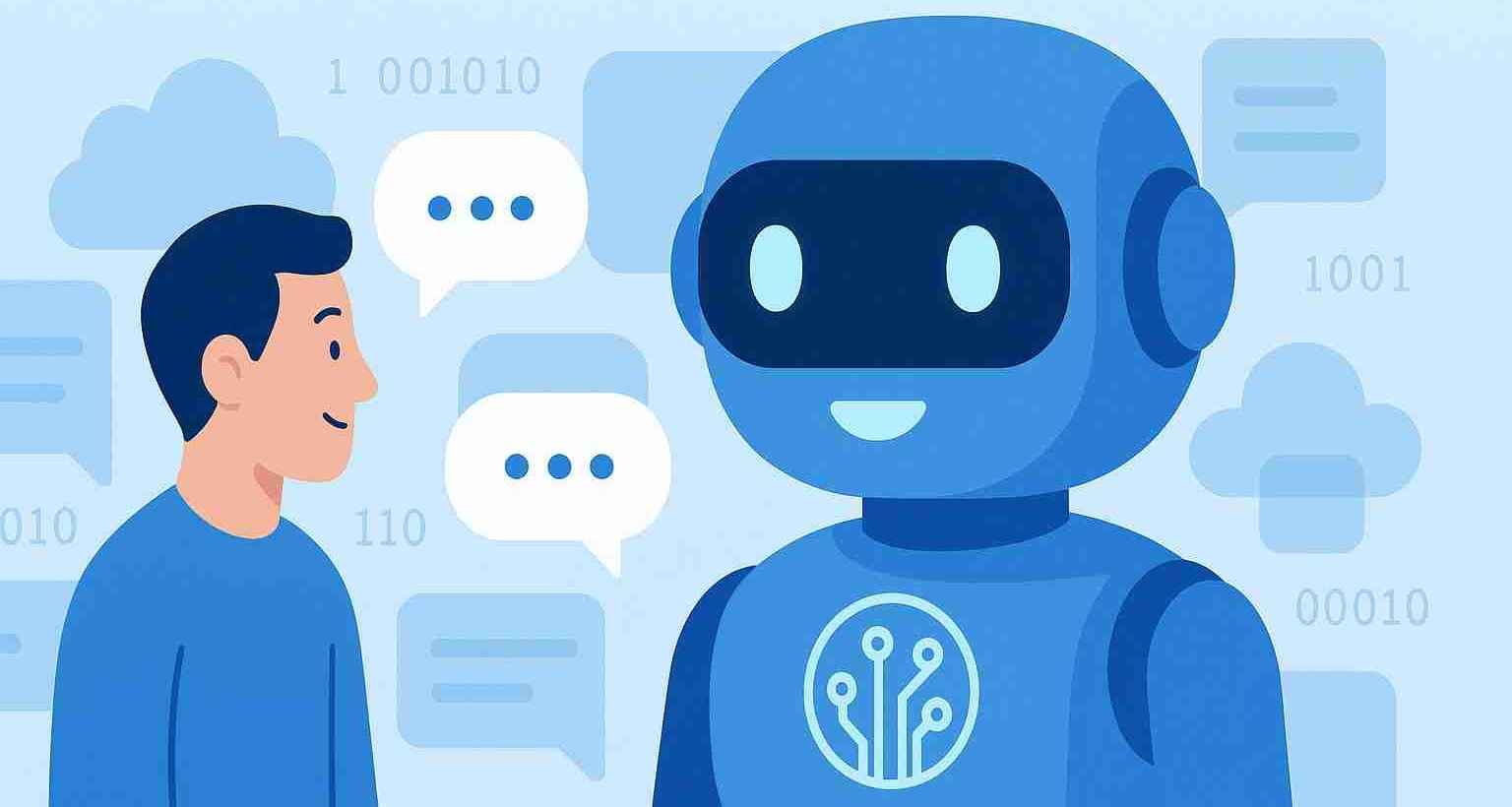You have wondered so many times either: how could a bot understand me, or how could it at least come pretty close to a guess? Let’s simplify this because today, people use AI-powered chatbots from customer support to assisting in laundry.
Recipe: From ordering a cab to appointment bookings, the AI-enabled chatbots have been there, much smarter than you could imagine. A clear understanding of how this technology works provides confidence, enhances usage, and maybe even a slight bragging moment!
So, what drives chatbots, and how does AI plug life into it?
Think of AI chatbots as virtual assistants engaging with humans on a surface level by applying NLP or NLU. Depending on the architecture, they could be rule-based systems, systems based on very sophisticated logical reasoning, or fully generative AI chatbots, but they are all brought together by the ultimate goal: to turn voice or textual input from the user into something useful resonating back to the user.
But how, all the same, does the AI know what you mean? (And here come NLP and NLU)
Passing the question through, the NLP parses it looking for meaning, meanwhile the NLU is interpreting intent. Present systems interpret much more; they interpret the context, tone, and…As you type a question on a chat interface, the NLP part of the system breaks down the words to interpret their meaning, while an NLU system tries to understand what you really want. But the modern-day chatbot does not stop at the interpretation part. It does more-a step ahead of that, reading the context of the conversation, picking up on the tone, and even trying to make sense of casual slang or terms that have been stressed in a special way. That explains why “I’m starving” will garner food suggestions; whereas, “I’m starving for time” could mean productivity tips.
Also Read About : How Seo Reshaping Chatbots
How do chatbots get smarter over time? (Meet machine learning & LLMs)
Every conversation trains the model. Machine learning helps the chatbot “get better” by spotting patterns learning what reply worked and which didn’t. And when we talk about large language models (LLMs), think GPT-4 or Gemini: huge neural networks trained on vast text, instantly predicting the next word like a hyper-advanced autocomplete.
“As content strategist Nina Lopez says, ‘AI won’t replace writers, but writers who use AI might replace those who don’t.’” That’s the kind of smooth human-machine tag-team that’s here to stay.
Why do chatbots sometimes go off-track? (Hallucinations & limitations)
Even the smartest bots can glitch. They “hallucinate” making believable nonsense that’s not exactly accurate. These mistakes happen because LLMs predict plausible text, not factual checks. Still, they’re a whole lot better than early bots that couldn’t handle anything outside their scripts.
How is AI-powered chatbots used by businesses to grow better?
To companies, chatbots are more than cute tech devices they are serious business tools. By combining machine learning with customer support automation, brands decrease response times, increase customer satisfaction, and increase sales. Picture a retail site where the chatbot recommends products based on your browsing, or a bank chatbot walks you through your loan options at 12 midnight. That is beyond customer service that is AI-powered marketing.
Experts in the field agree that these tools are being elevated from “nice-to-have” into “must-have.” A recent report showed that support costs may be decreased by 40 percent through the use of AI chatbots, whereas keeping customers engaged 24 hours a day. That gives small businesses the chance to compete with large companies.
Where are chatbots making the biggest impact? (Customer support automation examples)
Chatbots now power 24/7 customer support automation, freeing humans from repetitive FAQs while offering fast, personalized help. They’re in WhatsApp, websites, and even voice devices like Siri and Alexa all thanks to AI that’s always learning.
Can chatbots feel real or just seem real? (The Eliza effect)
Turns out, we get fooled pretty easily. The ELIZA effect is when we project smarts on a simple program remember ELIZA from the ‘60s? Modern bots are more human-like, but sometimes it’s just clever language tricks, not actual understanding.
Why should you care about how AI uses chatbots?
Knowing this stuff helps you:
- Choose tools for work or customer service smarter.
- Spot when a bot’s bullshitting (hallucinating).
- Appreciate when the tech actually nails it witty responses, quick replies, helpful suggestions.
FAQ Section
A: Mostly guessing using statistical patterns but often good enough to feel real.
A: It depends on whether they’re powered by rule-based scripts or advanced generative AI chatbots.
A: When built right, they’re safe and incredibly useful for customer support automation.
A: Nope. They’re learning with every chat, but they’re still limited and can “hallucinate.”
A: Think of it as a helpful assistant not a fact-checker. Always double-check if it matters.
Conclusion
So that’s the scoop AI uses chatbots to chat smarter, not take over. They learn with each interaction, understand (most of the time), and help businesses and users in real, practical ways. Dive in, ask questions, or leave a comment I’d love to hear what you think about this AI convo revolution.
